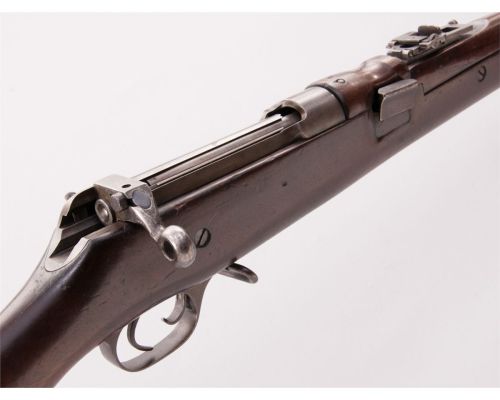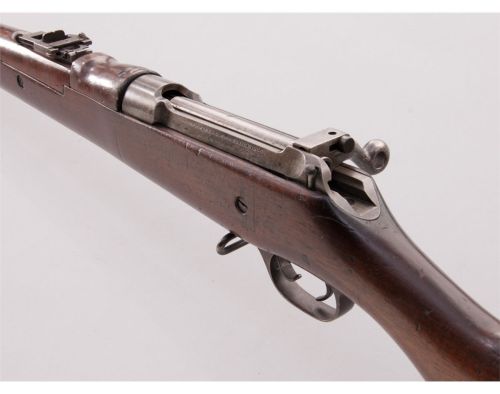The American Surcharge Ross Rifle,Among the great duds of military firearm history, the Ross rifle r
The American Surcharge Ross Rifle,Among the great duds of military firearm history, the Ross rifle ranks among the most notorious. The straight pull bolt action rifle used by Canadian forces during World War I was grand in theory, but in reality it had some serious problems. First and foremost, the straight pull design was highly susceptible to dirt, mud, dust, and moisture, causing it to jam and malfunction frequently. The bolt could also be disassembled for routine cleaning and inadvertently reassembled in a manner that would fail to lock but still allow a round to be fired, leading to serious injury of the operator as the bolt flew back into his face. Most comically, bayonets were known to fall off when the rifle was fired. In response to the failures of the Ross rifle, many Canadian servicemen ditched the Ross and unofficially adopted the British Lee Enfield. Eventually, the Canadian Government was forced to admit it’s mistake and recall the Ross rifle. The Canadian military then officially adopted the Lee Enfield in its place.After the recall of Ross rifles from World War I, the Canadian Government found itself in a situation where it had tens of thousands of surplus Ross rifles collecting dust in storage. When the United States entered the war in 1917, an opportunity arose to make a few bucks while getting rid of their rifles. At the time, the U.S. was unprepared for war, and needed a large amount of arms for its expanding military. While the m1903 Springfield and m1917 Enfield were the two most common used firearms by American forces during WWI, a bizarre hodgepodge of rifles were used for training, arming of secondary units, and even frontline combat. On November 17th, 1917 the United States purchased 20,000 Ross Mark II rifles at a cost of $12.50 each. This also included accessories such as oil bottles, cleaning kits, bayonets, scabbards, and slings. In addition 4,629,470 rounds of .303 British ammunition were purchased at a cost of $20 per 1,000 rounds. Each of the rifles retained their original Canadian markings, but also including US Ordnance markings. Of the 20,000 rifles, half were used to arm the New York State Guard. The rest were used as training rifles by the regular army. None ever saw combat in American hands.After World War I, the US Government attempted to sell their stocks of Ross rifles to the American civilian market through the Civilian Marksmanship Program (CMP). At first they were offered at $5 each, but due to their bad reputation no one would buy them. They were then discounted to $3.50 each, again with no buyers. The US then tried to resell them back to Canada, an offer the Canadians refused. Finally, during World War II, the United States sent them back to Canada under the Lend Lease Act. Some were converted into sniper rifles, most stayed in storage during the war. After World War II, remaining stocks of Ross rifles were converted into hunting and sporting firearms and sold to the Canadian civilian market. -- source link
Tumblr Blog : peashooter85.tumblr.com
#guns#firearms#rifles#wwi#antiques#bolt action#ross rifle#canada#canadian



